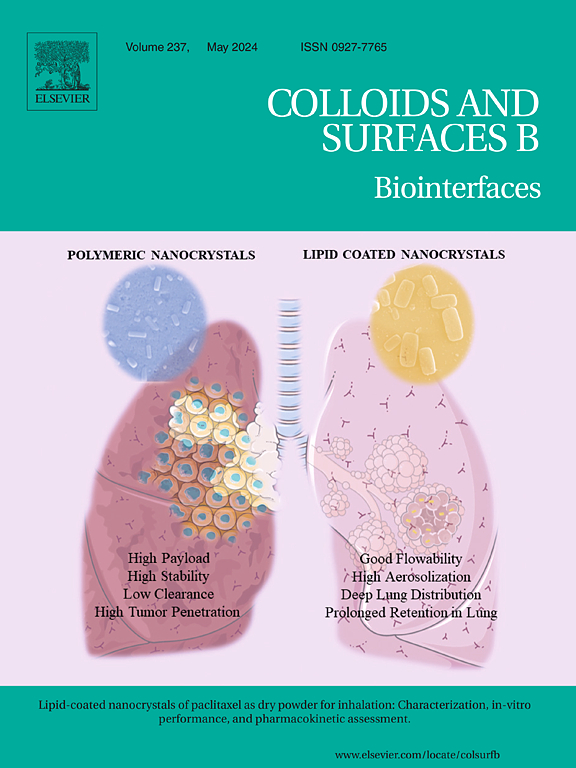Electrochemical detection of per- and polyfluoroalkyl substances: A review
IF 5.4
2区 医学
Q1 BIOPHYSICS
引用次数: 0
Abstract
Per- and poly-fluoroalkyl substances (PFASs) are recognised for their environmental persistence and bioaccumulation, necessitating a dependable detection technology. Traditional methods examine multiple facets. Electrochemical sensors represent a preferable alternative due to their reliability, real-time detection capabilities, and potential for on-site analysis. Metal-organic frameworks (MOFs) and molecularly imprinted polymers (MIPs) exhibit remarkable properties in analysis, including high sensitivity and selectivity, rapid response and efficient electron transfer capabilities. Nonetheless, the stability of MOFs occasionally poses issues in aquatic conditions. Utilising a microfluidic channel between interdigitated microelectrodes (IDμE) in a MOF-based electrochemical sensor for PFASa detection offers numerous advantages. It possesses a minimal limit of detection (LOD), comparable to cutting-edge ex-situ methodologies. The molecular interactions of the capture probes provide effective electrochemical transduction, while the nanoporous morphology of the materials and IDμE significantly enhance the signal-to-noise ratio. Extended diffusion durations impede detection abilities and limit molecular interactions between PFAS and electrode surfaces. The selectivity challenges involve differentiation problems and complex matrices. Accurately identifying PFAS compounds in samples is problematic, especially those with similar carbon chain lengths, and existing sensors are hindered by interference from non-fluorinated surfactants. Improvements in electrode design can be realised by the use of nonplanar interdigitated microelectrode arrays (NP-IDμE), the application of nanoporous and capacitive electrode technologies, and the incorporation of electrode nano-porosity to minimise non-specific adsorption. Improvements in signal and sensitivity can optimise the detection process. Signal increases can be attained by decoupling sensitivity and selectivity using force as a tuning parameter, employing ambient oxygen as a mediator molecule instead of expensive ferrocene, and utilising electrochemical impedance spectroscopy (EIS) for improved sensitivity. Integrating IoT with EC PFAS sensors indicates a promising future for environmental monitoring.
求助全文
约1分钟内获得全文
求助全文
来源期刊

Colloids and Surfaces B: Biointerfaces
生物-材料科学:生物材料
CiteScore
11.10
自引率
3.40%
发文量
730
审稿时长
42 days
期刊介绍:
Colloids and Surfaces B: Biointerfaces is an international journal devoted to fundamental and applied research on colloid and interfacial phenomena in relation to systems of biological origin, having particular relevance to the medical, pharmaceutical, biotechnological, food and cosmetic fields.
Submissions that: (1) deal solely with biological phenomena and do not describe the physico-chemical or colloid-chemical background and/or mechanism of the phenomena, and (2) deal solely with colloid/interfacial phenomena and do not have appropriate biological content or relevance, are outside the scope of the journal and will not be considered for publication.
The journal publishes regular research papers, reviews, short communications and invited perspective articles, called BioInterface Perspectives. The BioInterface Perspective provide researchers the opportunity to review their own work, as well as provide insight into the work of others that inspired and influenced the author. Regular articles should have a maximum total length of 6,000 words. In addition, a (combined) maximum of 8 normal-sized figures and/or tables is allowed (so for instance 3 tables and 5 figures). For multiple-panel figures each set of two panels equates to one figure. Short communications should not exceed half of the above. It is required to give on the article cover page a short statistical summary of the article listing the total number of words and tables/figures.
 求助内容:
求助内容: 应助结果提醒方式:
应助结果提醒方式:


